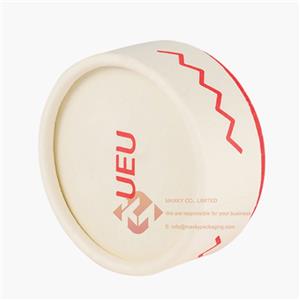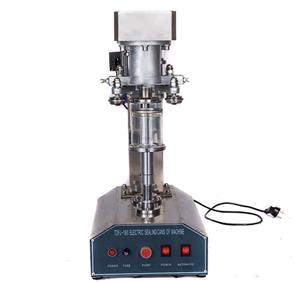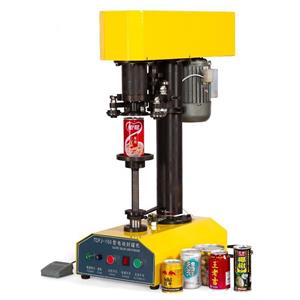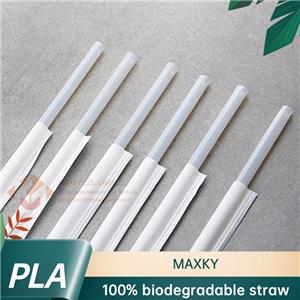Packaging in International Trade
Packaging in International Trade

Packaging is the design and production of physical container for a product,which in fact becomes a part of total utility of the product.The consumer often sees the package and contents as a whole,and purchase decision is influenced by the packaging. Today packaging performs many functions,some of which you,exporter or manufacturer must pay special attention to:
a.Protect the product from spoilage and damage in transit.
Many food stuffs need to be packed in airtight containers to keep the goods from contamination.If food stuffs soak up a taste or smell from other substances they will be spoilt.
b.Make the product easy to use and store.Packaging such as aerosol container will improve the product and undoubtedly attract more customers.
c.Conform to trade regulations and rules.Special marketing and packaging must be considered for product destined for foreign markets because all countries have some import regulations for goods and containers.Noncompliance can result in penalties.The
exporter should be particularly careful that all marking on the container conforms exactly to the data in export document because discrepancies are often interpreted by custom officials as an attempt to be defraud.
d.Identify the product and the quantity.Nutritional and ingredient labels are often voluntarily added by export manufacturer as a valuable service to consumers. Whatever mode of transport is adopted,the product will require packaging,but details for particular product intended for export will depend on a number of factors:Feature of the transmit;Nature of cargo;Value of cargo;Size,weight and fragility of cargo;Variation in temperature during the transportation course;Compliance with customs or statutory requirement;Ease of handling and stowage; Insurance acceptable conditions;Marketing considerations; Facilities available at the terminals.
On the whole,packaging for transmit has to strike a balance between two considerations:
a.It must be strong enough to stand transportation hazards such as rough handling,corrosion,crushing and pilferage.
b.It must be as light and compact as possible to keep freight costs down.
Estimates show that the majority of cargo is shipped with the freight charged by volume rather than by weight,so that saving a few centimetres on the dimension of each packing case in a large shipment could make quite a difference in freight cost.
For a number of commodities,the packaging should meet the specifications laid down in the customer's country and should carry certain markings. Basically,packaging depends primarily on the nature of a product as well as the mode of transport.For instance:
a.Small products are usually packed in standard-size wooden or cardboard boxes.
b.Machinery or other heavy goods may need to be transported in a crate,or it may only be necessary for certain parts to be protected.
c.Bag or sacks are generally considered ideal for packaging commodities like sugar and coffee.
d.Metal products may need protective paint or grease against corrosion but no actual covering.




